On the one hand, we're hearing about wildlife returning to ever-cleaner city waterways; on the other, we're hearing about rivers running as open sewers. In May 2023, faced with increasing public anger over repeated spilling of raw sewage into seas and rivers, water companies in England issued an apology and pledged to invest £10 billion in modernising sewers to reduce spills of overflowing sewage into waterways. So what is going on? Andrew Griffiths investigates the UK's muddy waters.
There is a bridge bang in the centre of Manchester, just off Princess Street. If you look over it down into the River Medlock, you’ll see a 2kg wild brown trout.
Or so Shaun Leonard, director of the Wild Trout Trust, told me as he shared a grainy video clip from a member. He thought there might be a story in it.
“Yeah, right,” I thought, sceptical of finding trout in such a location, let alone a monster of 2kg. But, as I leaned over and peered beneath the gloom of a gastro-pub veranda, my ears thrumbing to the thunder of traffic, I saw a shadowy slab of muscle that was this bruiser of a wild trout, not to mention three tiddlers alongside it. Perhaps Shaun had a point.
The state of the nation’s rivers has never been more in the spotlight. Campaigners such as former pop star Feargal Sharkey are exposing environmental regulators and water companies regarding sewage pollution. Local groups are taking a stand: the Ilkley Clean River Group in Yorkshire successfully campaigned to have the River Wharfe designated a bathing water, while Windrush Against Sewage Pollution has proven an under-reporting of sewage spills by analysing water company data.
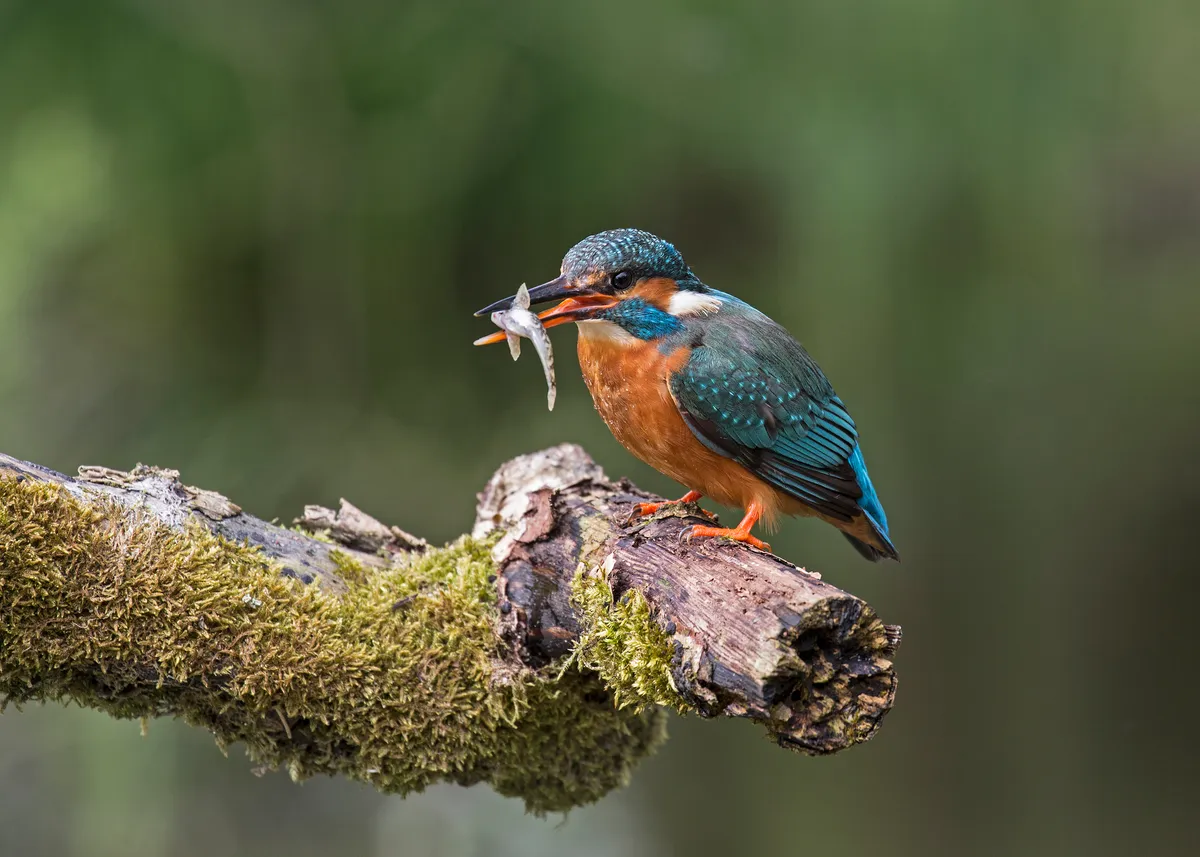
“Rivers in England are in a mess,” bayed a damning report by the Environmental Audit Committee in January 2022. Yet here I was, in the centre of Manchester, watching brown trout in the once grossly polluted River Medlock. A grey wagtail flittered over the water beside the red-brick factory wall and the metal-blue flash of a low-flying kingfisher made me jump. The day before, I’d seen YouTube footage of an otter on the Mersey, just a few miles outside of the city.
So how do we reconcile encounters such as these with the febrile headlines of rivers running as ‘open sewers’? What is the ecological health of our rivers, and do they offer a welcoming home to wildlife or not?
Claims of clean rivers
The claim that our rivers are cleaner now than at any time since the Industrial Revolution has been made more than once, usually to fend off campaigners. James Bevan, CEO of the Environment Agency, has made it, as did Theresa May when Prime Minister. The claim has, of course, been hotly contested. Steve Ormerod, professor of ecology at Cardiff University, deputy chairman of Natural Resources Wales and chairman of Buglife, was part of a team that investigated the available evidence.
The big-picture conclusion is that there has been a reversal of fortunes since the Industrial Revolution – but for urban, not rural, rivers. The cleaning-up of city waters has largely been due to improved sewage treatment works, driven by successive European legislation from the 1990s, and the decline of polluting manufacturing industry. The corresponding degradation of rural rivers is largely due to the rise of intensive agriculture and its associated diffuse pollution, particularly from dairy farming.
This generalisation disguises a more complex picture in urban rivers, which involves new emerging pollutants, such as pharmaceuticals, microplastics and even illegal narcotics, all of which can be exacerbated by the localised spilling of Combined Sewer Overflows (CSOs). Their impacts on wildlife are not yet understood.
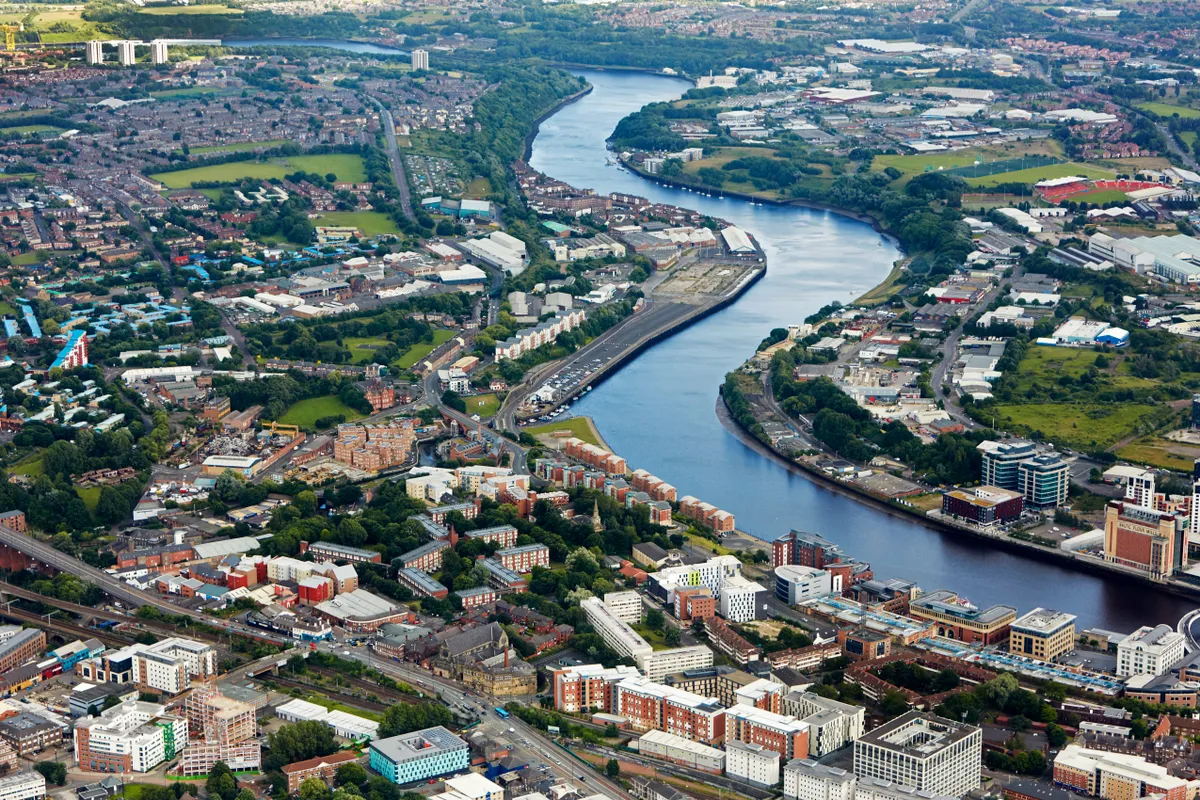
“Every condition that we are medicated for has echoes in the drainage system,” says Ormerod, and this is true in small streams as well as large rivers below water-treatment works. “There is an interesting paradox that, as organisms such as Atlantic salmon, dippers, otters and mayflies have recolonised urban rivers, they have become exposed to new pollutants. It is a good news story, but not risk-free.”
The steady improvement in urban rivers has stalled in recent years, which official sources describe as “flatlining” (though those who watch our rivers closely, such as anglers and other recreational river users, would describe it as “going down the other side”). It is probably no coincidence that the stagnation came during the austerity years, the decade after 2010 when the government cut funding to the Environment Agency – the body responsible for regulating our rivers – by around 50 per cent.
During this period, increased discharges from CSOs due to growing pressures on a Victorian sewerage system that has not been adequately upgraded have only added to the stress on our rivers. “This is probably one of the reasons we’ve slowed the recovery [in urban rivers] that the strong regulation brought from the 1990s,” says Ormerod.
The cost of climate change
It is tricky to pin down what effect a single spilling CSO may have on wildlife. “There are so many possible sources of pollution to interpret, and possible biological responses, that unpicking the puzzle at one location is really difficult,” says Ormerod.
Along with pollution from CSOs, chemicals and farming, one of the most insidious and growing threats to our rivers is climate change, which has a lever effect on other harmful factors.
Ormerod has been running a study of the Llyn Brianne headwaters in the Carmarthenshire hills with fellow academic (and wife) Isabella Durance for 40 years. What began as a study into the effects of acid rain has become one of the world’s longest running catchment studies into the effects of climate change. Even in these cool headwaters, temperatures have increased by more than 1˚C during the study period, reducing insect numbers in the streams proportionate to the rise. This has implications for river ecology everywhere. “Rivers are more sensitive to climate change than any other ecosystem,” says Ormerod.
One effect of climate change is that flood and drought cycles have accelerated, which can impact rivers “enormously”. Floods can overwhelm the sewers, triggering more discharges into rivers; droughts can increase pollutant concentrations at low flows. And as temperatures rise, less oxygen is available to organisms in the water.
So how do we safeguard our rivers now that climate change is a stark and current reality? “If I was choosing, I’d probably invest in rural rivers,” says Ormerod. “It would cost, in Wales alone, something like £8-14 billion to fix the CSO problems, because it requires completely reconfiguring all the sewers. The marginal gains could be very small against other pressures such as misconnections [when household waste water discharges into rivers via surface water drains] and climate change. Rural rivers are being screwed by so many things.”
Going with the over-flow
When describing the CSO network, one water industry professional told me how “it is difficult to stop a system doing what it was designed to do”. And that is the problem in a nutshell. We largely have a combined sewerage system from the Victorian age, where sewage and rainwater end up in the same pipe on their way to the treatment works. If there is a build up of rainwater, say after a storm, then the CSO acts as a ‘valve’ and releases its contents into the river. If it didn’t, the sewage would back up and flood our homes.
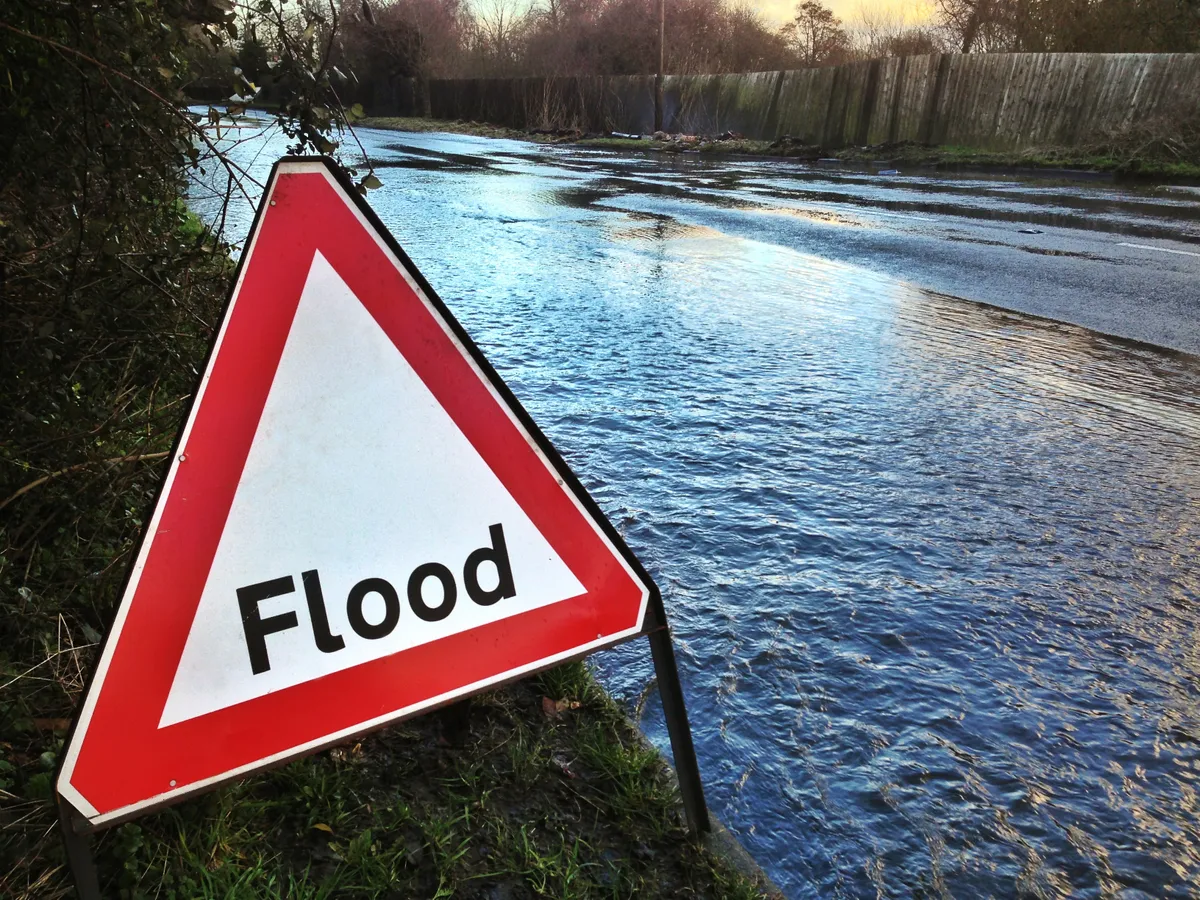
CSOs have been operational for years, but we’ve only recently become aware of them due to a worsening situation (owing to population growth, extreme weather and an increase in hard surfaces causing faster run-off). It triggers a disgust response – no one wants to take their kids paddling in their own waste.
The furore has spurred the government into action. Some of the funding lost to regulators has been restored. A Storm Overflow Discharge Reduction Plan has been announced, stating that by 2035: “the environmental impacts of 3,000 storm overflows (75 per cent) affecting our most important protected sites will have been eliminated”. Campainers, and even some in the water industry, have said that these targets are not ambitious enough.
Nobody would choose to start from the present situation, but we are where we are. Completely separating rainwater from sewage may not be affordable or logistically possible, yet we can employ old and new technologies to lessen its worst effects, and do our bit by not flushing the unflushable.
The water industry’s business plans run in five-year cycles; the next is 2025-30. As monopoly providers, water companies are given detailed targets from the industry’s economic regulator OFWAT, which in turn come from the government. The government has always put its emphasis on the customer, which translates as keeping bills low. Some would say that this has been achieved at the expense of the environment.
Seeking solutions in nature
OFWAT’s price, service and incentive package for the next funding period has just been delivered to the water companies. It will have much more emphasis on the environment and Nature Based Solutions (NBS) as well as ‘concrete and steel’ engineering. Rather than building big storm tanks, for instance, ‘green’ solutions such as soakaways and tree planting might be employed to slow the flow of rainwater during storm events, reducing the volume entering the sewerage system.
NBS have many co-benefits. The primary purpose may be storm water management, but they also create habitat, contribute to biodiversity and mitigate climate change. They enhance the environment and with it, our own wellbeing. Overall, such a shift in emphasis should be good news for wildlife, but it does bring challenges.
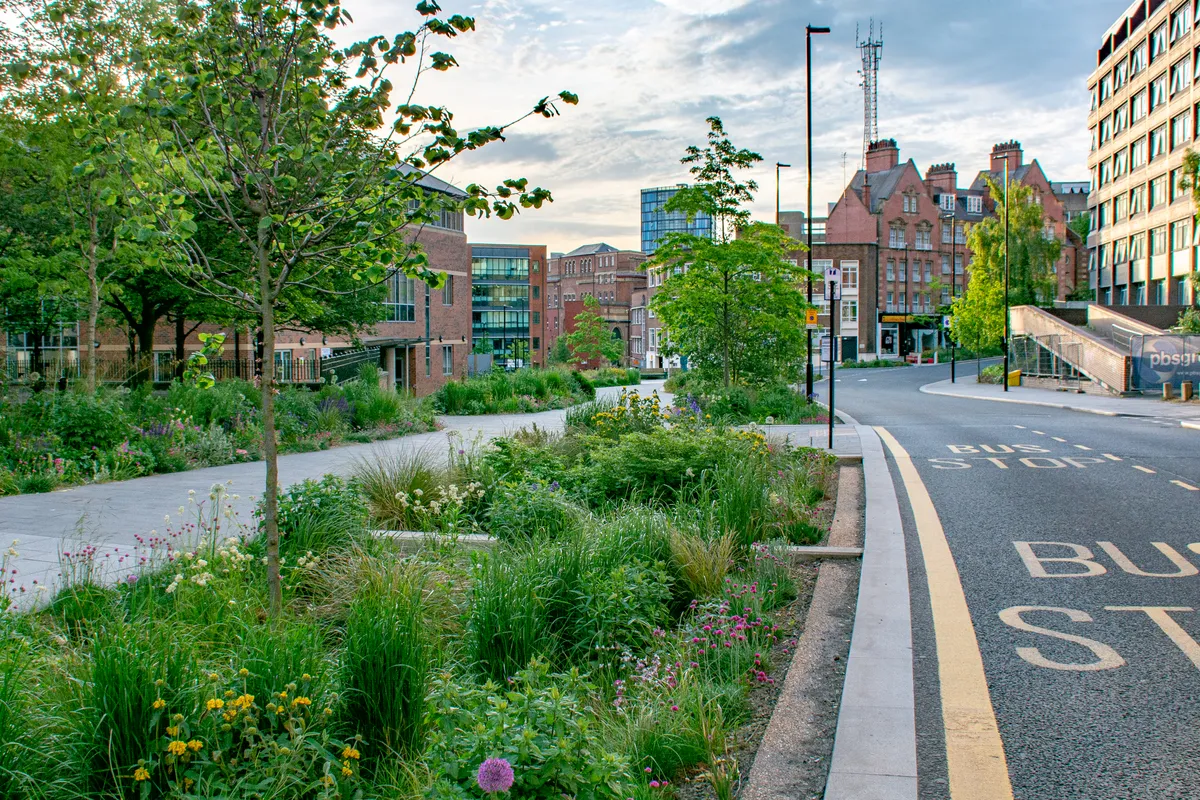
“NBS can be riskier than concrete,” says Stuart Colville, director of policy at Water UK, which represents water companies. “If you plant trees, they may get a disease, for instance. So you may be 90 per cent certain, rather than 100 per cent certain, that this solution will reduce, say, phosphorus to a particular level. Then it would be down to a conversation with the regulator to decide if the co-benefits are worth that 10 per cent. But I don’t think we have a sophisticated enough system yet to allow those conversations to take place.”
Water UK is calling for a complete overhaul of the way we manage our rivers, and for a new Rivers Act. It wants a national plan that brings together all the disparate players that are responsible for some aspect of river management, and that runs rivers and catchments as a single complex system.
Colville is pleased to see the increasing emphasis on NBS, and believes they will receive public support, thanks in part to our collective experiences discovering nature on our doorsteps during the Covid-19 lockdowns. “NBS is a long-term trend that is supported by a shift in public attitude, but also exists on its own merits,” he says. “We need as much NBS as possible.”
Main image: River Ure © Alexander W Helin/Getty
Farming in focus
Farming, particularly dairy, is the worst offender for river pollution, affecting 40 per cent of water bodies. One study in Devon found 9 in 10 farms either non-compliant with regulations, causing pollution, or both.
Yet it’s a complex situation. Farmers have had to adapt over the past 20 years, and many have taken out loans to do so. With milk prices kept low, bigger herds are needed to increase production. Farmers are caught in a supply chain that begins on their land and ends with the price in the supermarket.
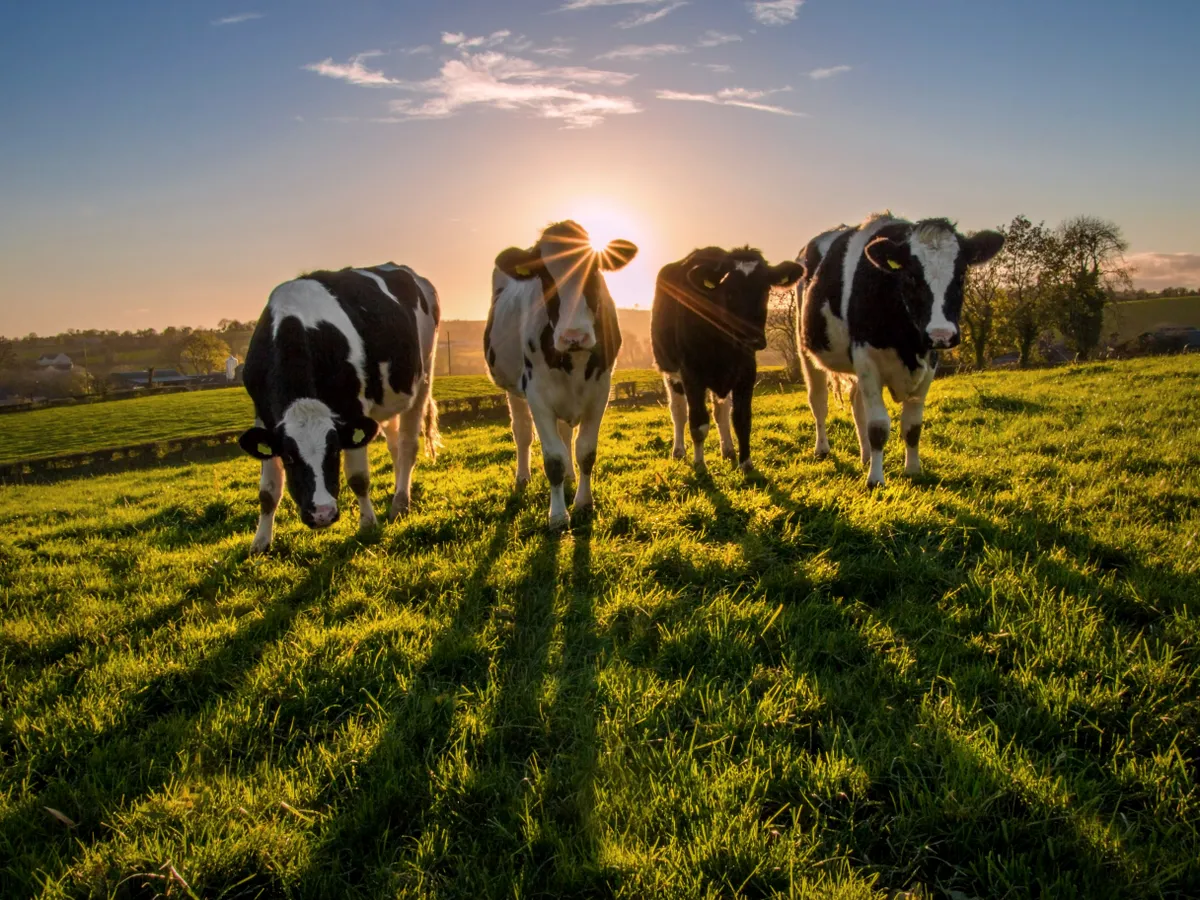
“Our food choices and farming supply-chains have not taken into account the climate and environmental impacts,” says Martin Lines, UK Chair of the Nature Friendly Farming Network. “If you drive down returns, the producer has to cut corners.”
Food on the shelf rarely reflects the true cost of its production, but we all pay in terms of the associated environmental damage, such as pollution and habitat degradation. “We need to rethink our food system,” he says.
